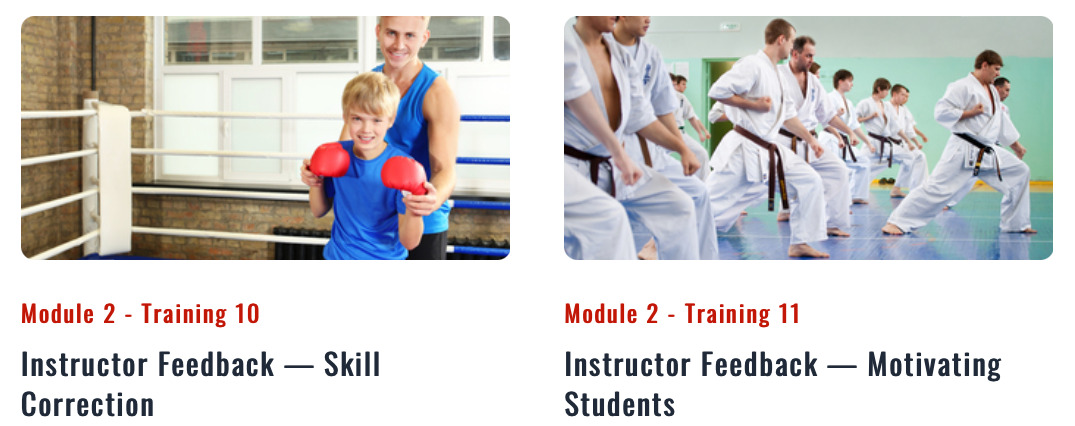-
Role Modeling for New Members: New Leadership Team members should focus on being role models rather than roaming instructors. Position yourself next to students who struggle the most to guide them at an appropriate pace.
-
Dynamic Instruction for Experienced Members: Experienced team members, with permission, may roam the class to make brief, constructive corrections.
-
Keep Corrections Brief and Positive: Deliver corrections with a smile and keep them succinct to maintain a positive training atmosphere.
-
Active Engagement: It's crucial to keep moving and interact with each student twice per class to prevent focusing too much on any one individual, which can cause nervousness.
-
Efficient Corrections: Make verbal corrections swiftly and avoid over-explaining. Simple, direct feedback respects the student’s intelligence and keeps the class moving.
-
Correct and Praise: Always pair corrections with praise. Be genuine; find something praiseworthy like effort or technique to encourage alongside corrections.
-
Respect Speaking Protocols: Never talk over the instructor or interrupt the class flow. Wait for the right moment to engage without disrupting the learning process.
-
Support the School's Mission: Always uphold the school's values, especially during times of change or challenge. Help students understand the benefits of new directions without indulging negativity.
-
Focused Corrections: Limit corrections to one per student step to maintain class engagement and prevent information overload. This helps in retaining the student’s focus and interest throughout the lesson.
-
Expressive Teaching: Use your voice, facial expressions, and body language actively. A lively and expressive teaching style conveys enthusiasm and engages students more effectively. Remember, indifference can dampen the learning environment, so be expressive and energetic.
These tips are designed to foster a supportive and efficient learning environment, enhancing both student engagement and instructional quality in your martial arts school.


